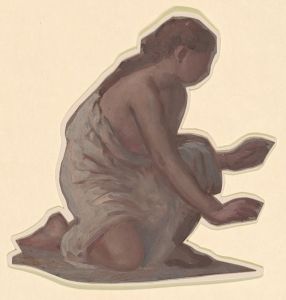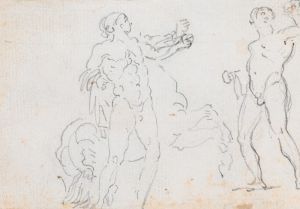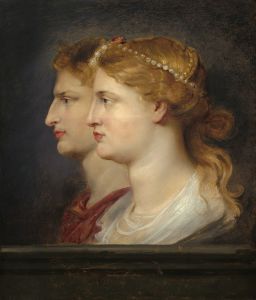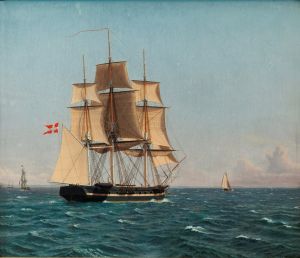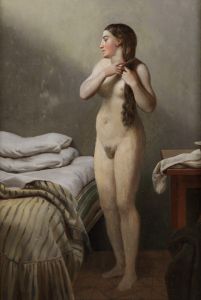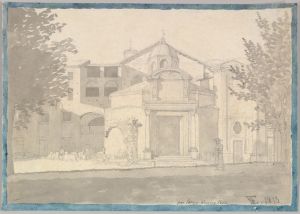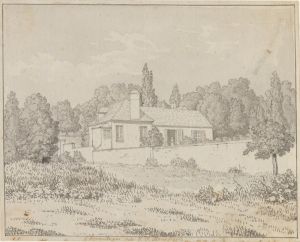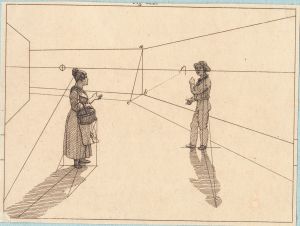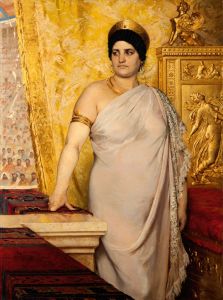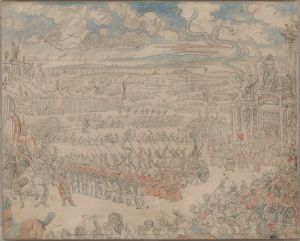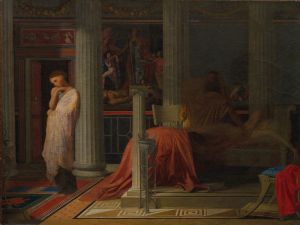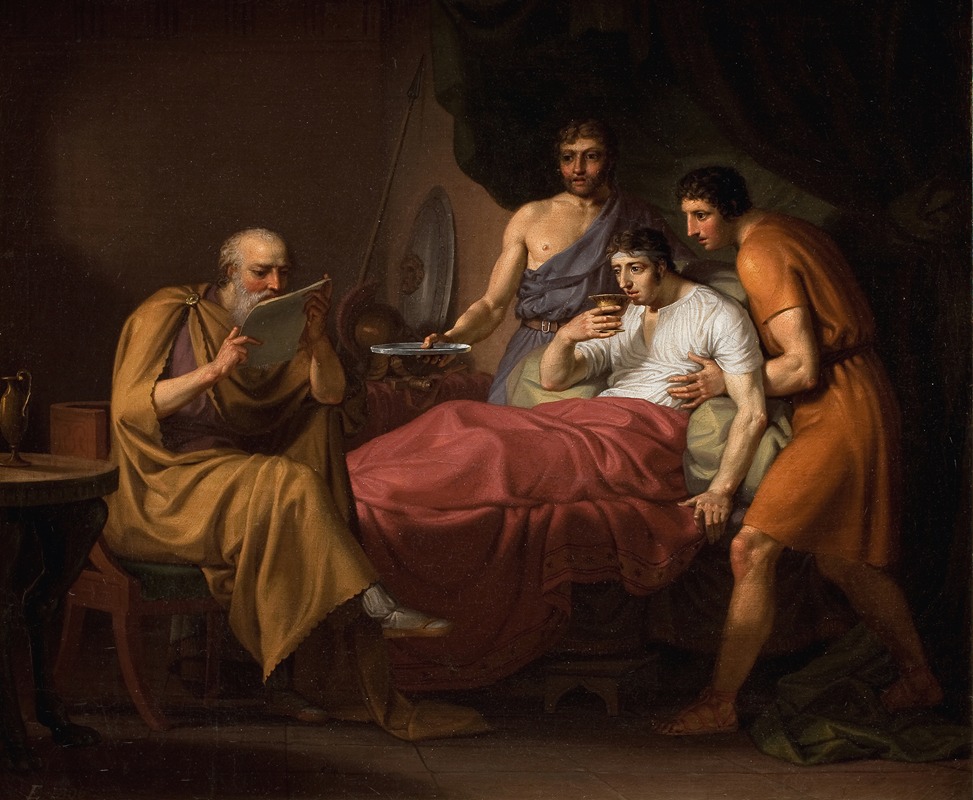
Alexander The Great On His Sickbed
A hand-painted replica of Christoffer Wilhelm Eckersberg’s masterpiece Alexander The Great On His Sickbed, meticulously crafted by professional artists to capture the true essence of the original. Each piece is created with museum-quality canvas and rare mineral pigments, carefully painted by experienced artists with delicate brushstrokes and rich, layered colors to perfectly recreate the texture of the original artwork. Unlike machine-printed reproductions, this hand-painted version brings the painting to life, infused with the artist’s emotions and skill in every stroke. Whether for personal collection or home decoration, it instantly elevates the artistic atmosphere of any space.
Christoffer Wilhelm Eckersberg, often referred to as the "father of Danish painting," created the artwork "Alexander The Great On His Sickbed" in 1806. This painting is a significant example of Eckersberg's early work and reflects his interest in historical and classical themes, which were prevalent during the Neoclassical period in which he worked. Eckersberg, born in 1783 in Denmark, was a pivotal figure in the development of Danish art, and his works often depicted scenes from history, mythology, and everyday life with a focus on realism and detail.
"Alexander The Great On His Sickbed" portrays a moment from the life of Alexander the Great, the ancient Macedonian ruler known for his vast empire and military prowess. The painting captures a scene where Alexander is depicted lying on his sickbed, surrounded by his generals and companions. This moment is historically significant as it reflects the vulnerability of a leader who was otherwise known for his strength and conquests. The scene is imbued with a sense of drama and emotion, characteristic of Eckersberg's ability to convey narrative through his art.
Eckersberg's training and influences are evident in this work. He studied at the Royal Danish Academy of Fine Arts in Copenhagen and later in Paris under the tutelage of Jacques-Louis David, a leading figure of the Neoclassical movement. David's influence is apparent in Eckersberg's use of composition, attention to anatomical accuracy, and the classical themes that permeate his work. "Alexander The Great On His Sickbed" demonstrates Eckersberg's skill in rendering the human form and his ability to capture the psychological depth of his subjects.
The painting is executed with a careful attention to detail, from the expressions of the figures surrounding Alexander to the textures of the fabrics and furnishings. This meticulous approach is a hallmark of Eckersberg's style and contributes to the painting's ability to engage viewers with its narrative. The use of light and shadow in the painting enhances the mood, drawing attention to Alexander's figure and highlighting the somber atmosphere of the scene.
Eckersberg's work, including "Alexander The Great On His Sickbed," played a crucial role in the development of Danish art. His emphasis on realism and his dedication to teaching at the Royal Danish Academy influenced a generation of Danish artists, including notable figures like Christen Købke and Wilhelm Bendz. Eckersberg's legacy is evident in the continued appreciation of his work and his impact on the Danish Golden Age of painting.
"Alexander The Great On His Sickbed" remains an important piece within Eckersberg's oeuvre, illustrating his mastery of historical subject matter and his contribution to the Neoclassical tradition. The painting is a testament to Eckersberg's ability to blend historical narrative with artistic skill, creating works that resonate with audiences both in his time and today.





